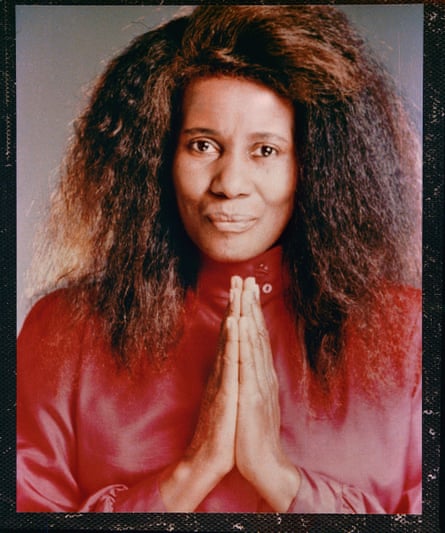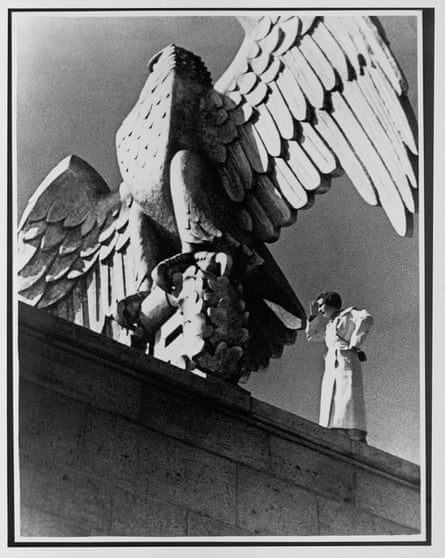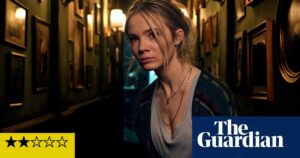
T
The deceased are coming back to life in the cold and melancholy Norwegian film Handling the Undead. It attempts to elevate the zombie genre from a late-night cult classic to a more sophisticated artistic piece. While it succeeds in certain aspects, it primarily serves as a reflection on the pain and illogical behavior associated with grief. The characters are forced to confront how much they are willing to sacrifice and deny in order to be reunited with their loved ones. However, the debut director Thea Hvistendahl’s deliberate slow pace may test the audience’s patience, similar to watching a block of ice gradually melt. The story unfolds slowly, with some moments leaving a deeper impact than others.
On a summer day in Oslo, three different situations are disrupted by this perplexing reappearance. A single mother (Renate Reinsve from “The Worst Person in the World”) is prevented from committing suicide by her father (Bjørn Sundquist), who brings back her son, who was previously thought to be dead. An older woman (Bente Børsum) attends her partner’s (Olga Damani) funeral, only to have her show up at their home that same night. And the death of a mother (Bahar Pars) shatters her family, but her husband (Anders Danielsen Lie, also from “The Worst Person in the World”) discovers she is alive once again.
Based on the book by John Ajvide Lindqvist, whose debut novel Let the Right One In and its multiple adaptations handle similarly subdued, if more plot-heavy, genre ground, Handling the Undead operates most effectively as a haunting “what if?”. The return of the dead is briefly referenced as a wider epidemic but Hvistendahl’s narrow focus is less interested in how the world is responding and more in individual people. Grief is a strange, selfish thing that can warp and destroy you, and your desperation for it to go away or at least be somewhat tempered can take you to dark, illogical places.
The film features characters resembling zombies, although they are never explicitly referred to as such. The story takes place in a world where zombies are a part of popular culture, as shown briefly through a video game. These zombies are not very lively, existing as still corpses with open eyes. This raises the question for their loved ones: how much is enough? What are they truly mourning? And will this lifeless version of their loved one bring them comfort or only worsen their grief? The script, written by Hvistendahl and Lindqvist, explores these questions through the characters’ unspoken thoughts and expressions. Reinsve delivers a powerful performance, also showcased at Sundance in the intense drama A Different Man. While the storyline of the older queer couple leaves an impact, the third family’s plot feels scattered with too many characters not given enough depth.
The slow pace can sometimes feel too slow, but Hvistendahl effectively portrays the descent into horror in the last act, with a focus on the emotional impact and character development rather than chaos. The scene of animal cruelty is difficult to watch, but it is the reaction of the characters that truly stings. The ending of Handling the Undead may not be surprising, but it is haunting because of the unseen pain that may never fully heal, no matter how much effort is put into trying.
-
The film “Handling the Undead” will be featured at the Sundance Film Festival and is set to debut later this year.
Source: theguardian.com





















